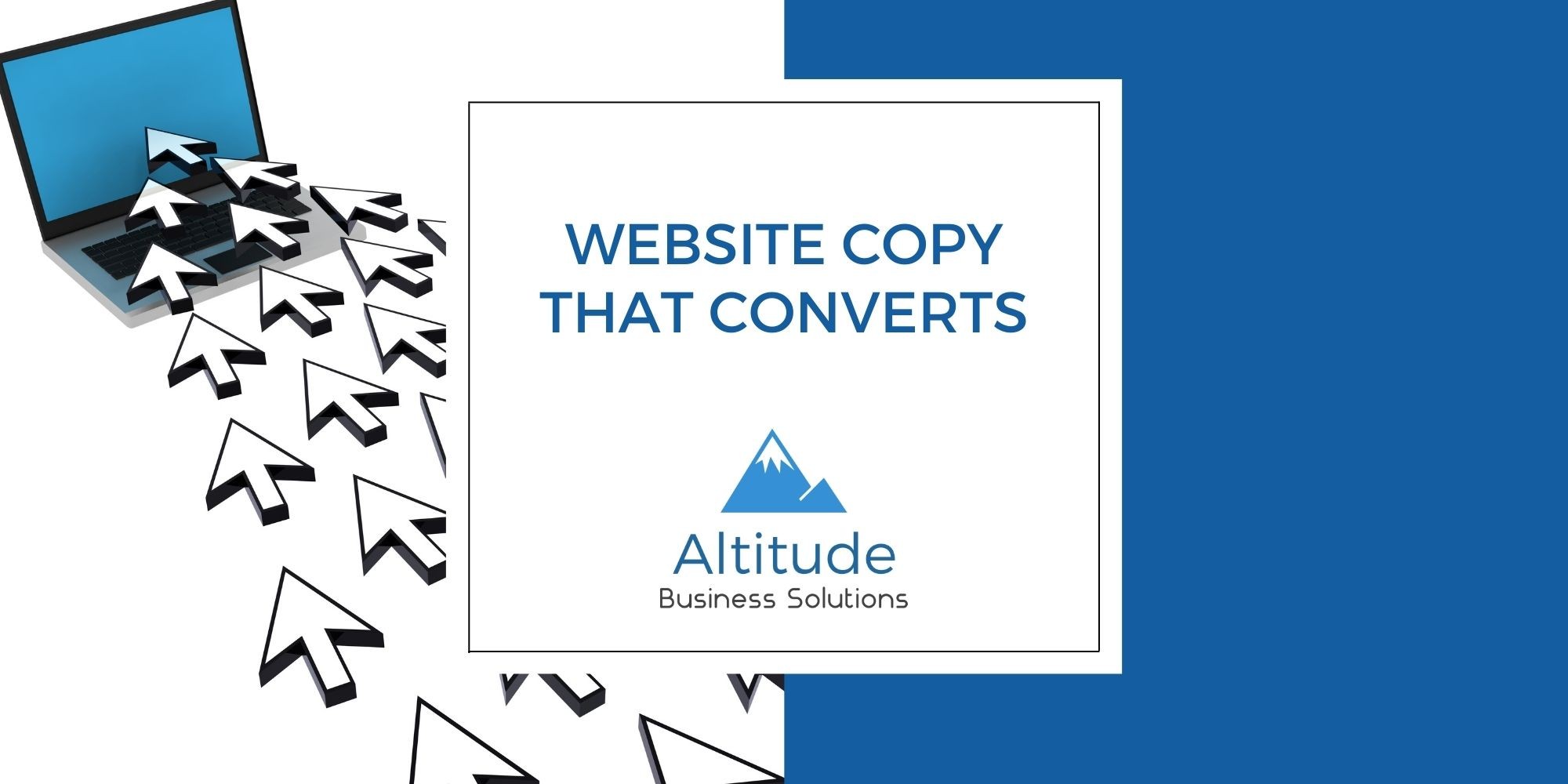.jpg)
.jpg)
Email marketing remains a powerful tool for businesses in Australia, offering a direct line of communication with potential customers. Yet, many hesitate to leverage its full potential due to anxieties surrounding email spam laws.
Understanding the Australian Spam Act and implementing best practices can help you navigate the legal landscape and build a thriving email list. Here, we'll debunk common fears and equip you with the knowledge to send emails with confidence.
The Spam Act 2003 Explained:
The Australian Spam Act (the Act) regulates commercial electronic messages (CEMs), which include emails promoting goods or services. Its primary purpose? To protect consumers from unsolicited and intrusive marketing messages.
So, what are the main concerns you might have?
Fear #1: "I can't email anyone who hasn't explicitly opted-in."
Busted! While explicit consent (e.g., signing up on your website) is ideal, the Act allows for "inferred consent" under specific circumstances. Here's when inferred consent applies:
Fear #2: "Buying an email list is the fastest way to grow my audience."
Busted! Absolutely avoid purchasing email lists. The Act prohibits sending CEMs to people who haven't given consent. Purchased lists are likely riddled with irrelevant addresses, and sending emails to them can land you in hot water with the Australian Competition and Consumer Commission (ACCC).
Fear #3: "My unsubscribe process is too complicated, and people won't bother."
Busted! The Act mandates a clear and easy-to-use unsubscribe mechanism in all commercial emails. This typically involves a simple "unsubscribe" link at the bottom of your email. Make sure it's easy to find and functions properly. Don't require people to jump through hoops to unsubscribe, or you risk breaching the Act.
Building a Thriving Email List Legally:
Now that we've tackled the fears, here's how to cultivate a permission-based email list that complies with the Act:
Remember: Building trust and permission is key.
Beyond the Basics: Maximizing Your Email Marketing:
By following these tips, you can build an engaged email list legally. But here's more:
By understanding the Australian Spam Act and implementing ethical email marketing practices, you can reach new customers, build lasting relationships, and achieve impressive results, all while staying on the right side of the law.

Unlocking the SEO power of hidden website weapons? Page descriptions are your secret weapon! This blog dives into how to craft compelling descriptions that make your website stand out in search results. Learn how to use keywords naturally, highlight benefits, keep it short, and sneak in CTAs. Plus, discover a free Chrome extension to check your descriptions and transform them from snoozefest to click magnets!

Crafting subject lines that get noticed can feel like a battle. Ditch the spammy tactics and learn how to write compelling lines that spark curiosity, highlight benefits, and entice readers to open your emails. Discover techniques for A/B testing and avoiding spam triggers to ensure your emails land in the inboxes, not the junk folder.

Your website should be a persuasive salesperson, not a brochure. Learn how to write website copy that connects with your audience and drives action. This guide explores crafting clear messages focused on benefits, utilising storytelling, and including powerful calls to action. Discover tips for mobile optimisation, A/B testing, and ensuring your copy converts visitors into loyal customers.
Leave a Comment